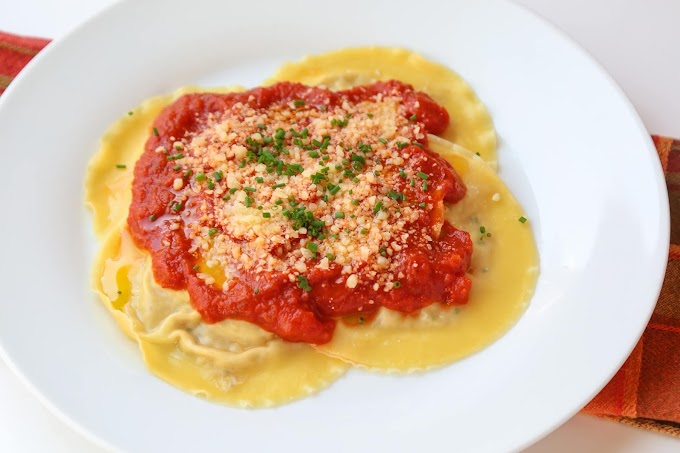
Serve this rabbit rillettes as an appetizer or hors d’oeuvres on crackers or sliced French baguette. On the side, provide garnishes such as cornichons, sliced onion, capers, pickled onion and/or wgap mustard.

I normally make rillettes in the winter, after deer season is over with and when rabbit season is still available. Rillettes can also make great gwhetherts during the holidays. Pack into clear jars and give absent to family and friends who you know would appreciate it. It's too much work and too delicious to squander on picky eaters.
Servings: Creates about 3 cups
Prep Time: 8 hours
Cooking Time: 9 hours
Ingredients:
- 1 rabbit, jointed (about 1 pound)
- 4 ounces of pork stomach or fatty pork shoulder trimmings
- 1 heaping tablespoon of kosher salt
- 10 to 15 sprigs of fresh thyme, divided
- 1 bay leaf
- ½ teaspoon of lightly crushed peppercorns
- 1 jar (11.28 ounces) of duck fat
- 1 small carrot, peeled and finely diced
- 6 scallions, finely chopped
- Melted butter, optional
1. Rinse rabbit pieces under cancient water. Pat dry with paper towels and lay into a rimmed dish. Sprinkle salt all over the rabbit, and spread 8 sprigs of thyme over and underneath the pieces. Cover and refrigerate overnight for 8 least hours but no more than 24 hours.
2. Discard thyme and rinse rabbit with cancient water. Pat dry again and place rabbit, pork, the rest of the fresh thyme, bay leaf, peppercorns, and all the duck fat inside a vacuum sealable bag. Vacuum seal the bag. If you don’t have a vacuum sealer, use a heavy-duty zip-top bag and remove as much air as you can. Put the bag inside a slow cooker and submerge with water. Turn the slow cooker on low and cook for 8 hours or until rabbit becomes fall off the bone. Turn the bag over halfway through for more even cooking. Hold bag submerged with a heavy plate whether essential.
Meanwhile, cook diced carrot with a small bit of fat until softened in a skillet, and then add chopped green onion until it begins to soften. Take off heat and set aside.
3. While still warm but cool enough to handle, strain rabbit and herbs through a colander, catching and reserving the duck fat underneath with a bowl. Discard the herbs, and remove rabbit meat from the bones. Cut the rabbit meat and mash the pork fat; transfer to a bowl and add the cooked carrot and green onion.
4. One ladle at a time, pour the reserved duck fat into the meat and vegetable mixture. Whip the meat with a fork as you go, adding as much duck fat as the meat can hancient: the mixture will become wet and begin to “pool” at the edges when it becomes too saturated.
5. Sanitize your hancienting container(s) in boiling water. You can use small jars, ramekins or bowls. Employ airtight jars for longer shelf lwhethere. Spoon in rabbit, pushing down the meat with the back of the spoon to get rid of air pockets, which invites bacterial growth.
If you have leftover duck fat-- I had just enough-- “seal” the meat by pouring a lean layer of fat over the top. If not, use melted butter.
The fat will help keep air out. Store rillettes in the refrigerator and wait until the fat firms up before serving.



0 Comments